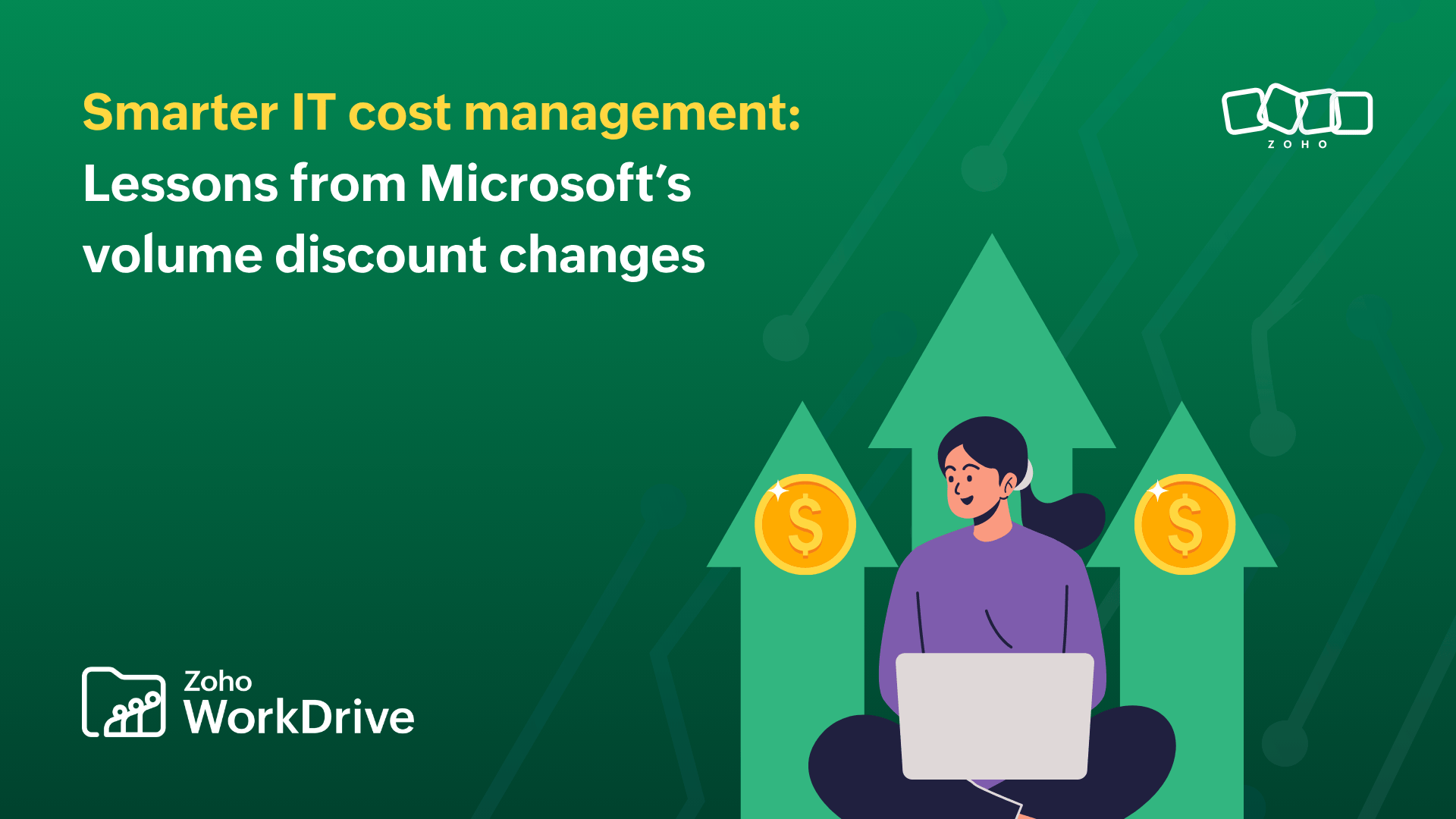The power of scalability in cloud platforms
- Last Updated : December 29, 2023
- 1.4K Views
- 3 Min Read

One of the most significant aspects CIOs and IT managers should consider when deciding to add cloud services to their infrastructure is cloud scalability. Indeed, there are many reasons to make a move to the cloud, and one of the most common is scalability.
So, what is scalability in cloud platforms? Scalability is the potential to increase or decrease the system’s performance, functionalities, or storage easily to handle increased demands.
In an on-premises data center, scalability used to be a costly and slow process. Back then, scaling up meant buying new server hardware and storage disks and drives. Sometimes, it would also take months after purchasing before the equipment arrived.
The cloud has dramatically simplified these issues by making it easier to scale up and down without affecting your organization’s performance in any way.
Let’s talk about the three most important features of scalability in cloud platforms.
Scaling vertically
Vertical scaling is a process of upgrading or downgrading the system’s operational capability based on the current demand.
Businesses and industries can change very rapidly in today’s economy. For instance, a technology-based service company can witness a few boom years before seeing a complete downturn in the next year due to decline in the customer demand.
Scalability in the cloud platforms enables companies to restructure themselves according to their customer or industry demand. They can easily cut down a few servers when needed, they add them back to their infrastructure when they revive in the future.
This way of scaling up and down is more useful for growing companies. As they grow their operations upward, they will have to scale up and down frequently in response to the challenges and opportunities.
Enables auto-scaling
Despite the various roles they play, businesses of all sizes are turning into cloud services. This has allowed the spending on cloud computing infrastructure and platforms to grow exponentially over the last few years, and controlling the cloud budget becomes an essential part of business every year.
One of the most critical components of cloud in terms of cost management is its ability to auto-scale. Right-sizing instances based on your actual demand is one of the optimized ways to cut down costs.
For example, a video-streaming application which experiences extreme variation in their traffic can auto-scale their servers to function based on the need. That means they can add additional servers to their application when they know they will be receiving more traffic from their subscribers (such as evenings and weekends), and keep them down during office hours.
This can be done by setting upscaling options based on threshold alerts. When the pre-fixed threshold of subscribers or any such instances are breached, the cloud servers can scale up and down automatically.
Completely reliable
However useful it is, scaling continues to be a challenge, even in cloud environments. One needs to carefully choose the right cloud platform that suits their scalability needs.
Pay only for what you use, and it is also important to remember that all parts of your application need to scale, from the management of users and storage resources to their computational abilities. If not, it can lead to unplanned downtime or worse.
For instance, WorkDrive, Zoho’s content management platform, lets you add users and increase their storage capacity based on your team’s strength and needs. With that, you will not end up paying for the resources you aren’t consuming and will be able to add additional resources instantly whenever required.
If you are planning to open a new branch for your organization, or add a new team or start a new project, WorkDrive lets you manage the resources for the new initiatives in minutes, if not seconds.
Despite these key features, managing your resources correctly and ensuring you pay only for what you use are the keys to manage your cloud budget effectively. You can start that now by understanding your historical usage patterns and invest in your cloud resources accordingly by making constructive use of the cloud scalability.


